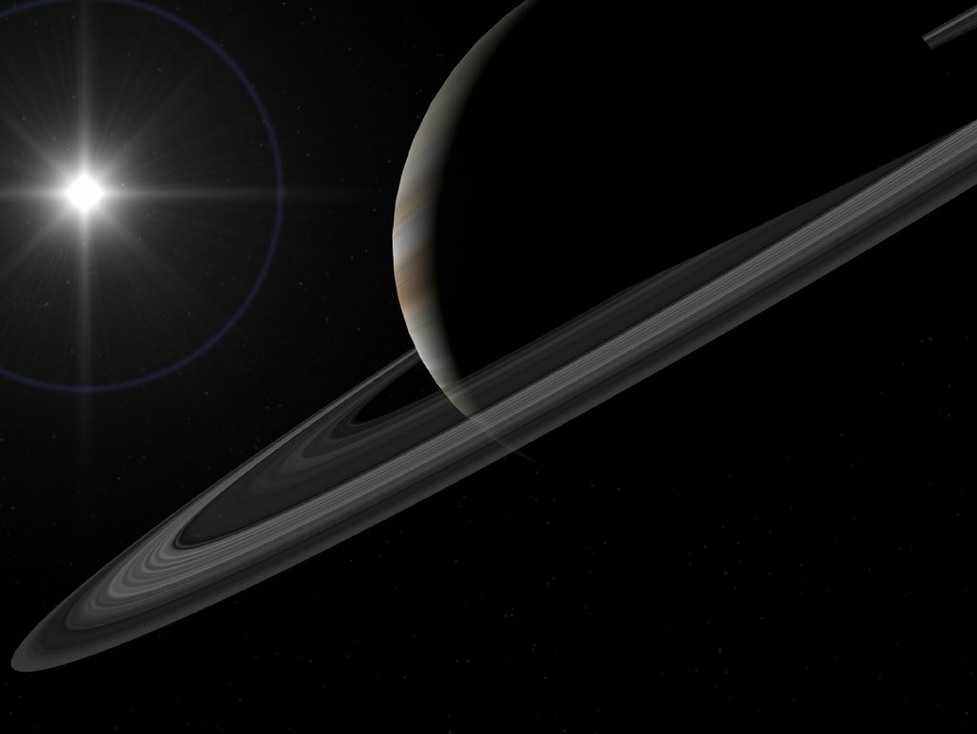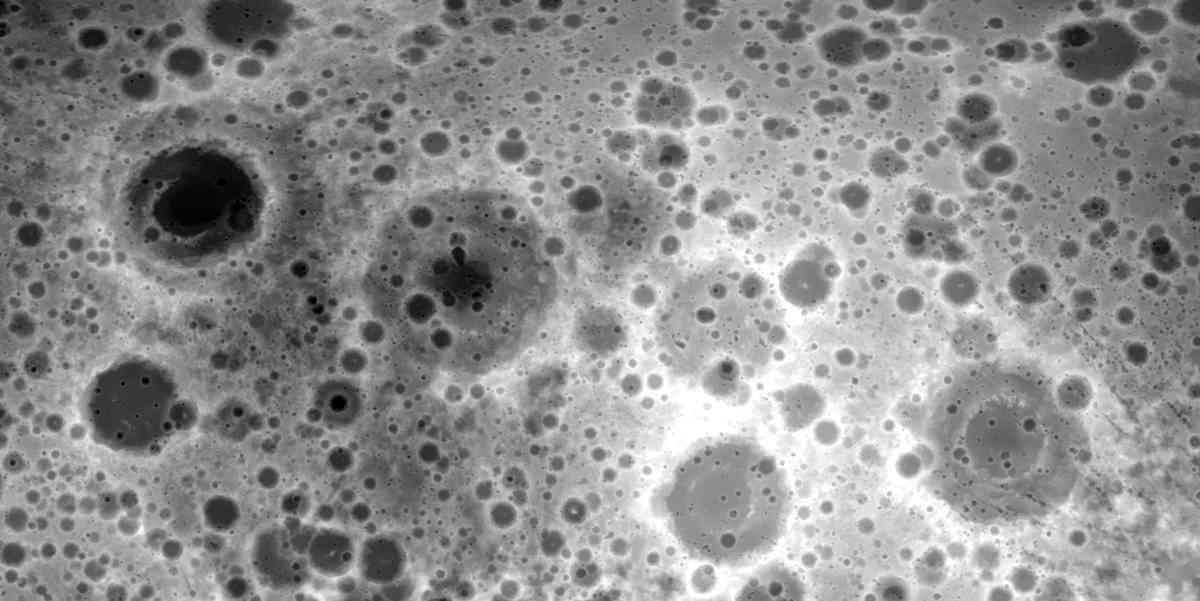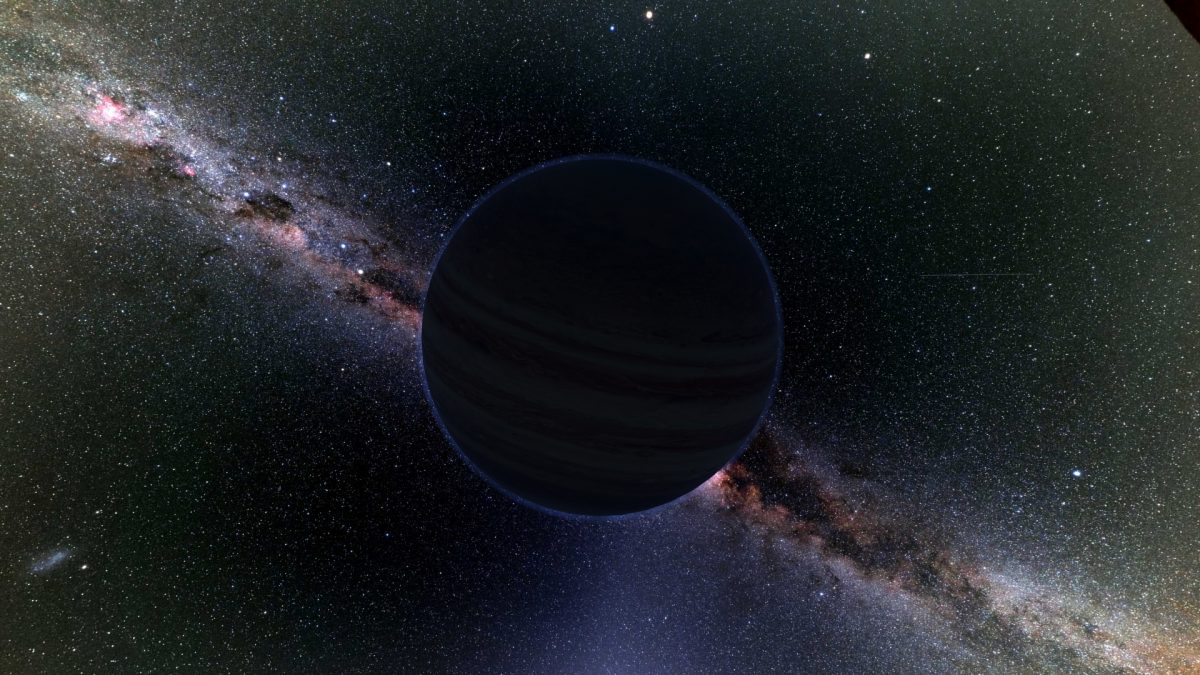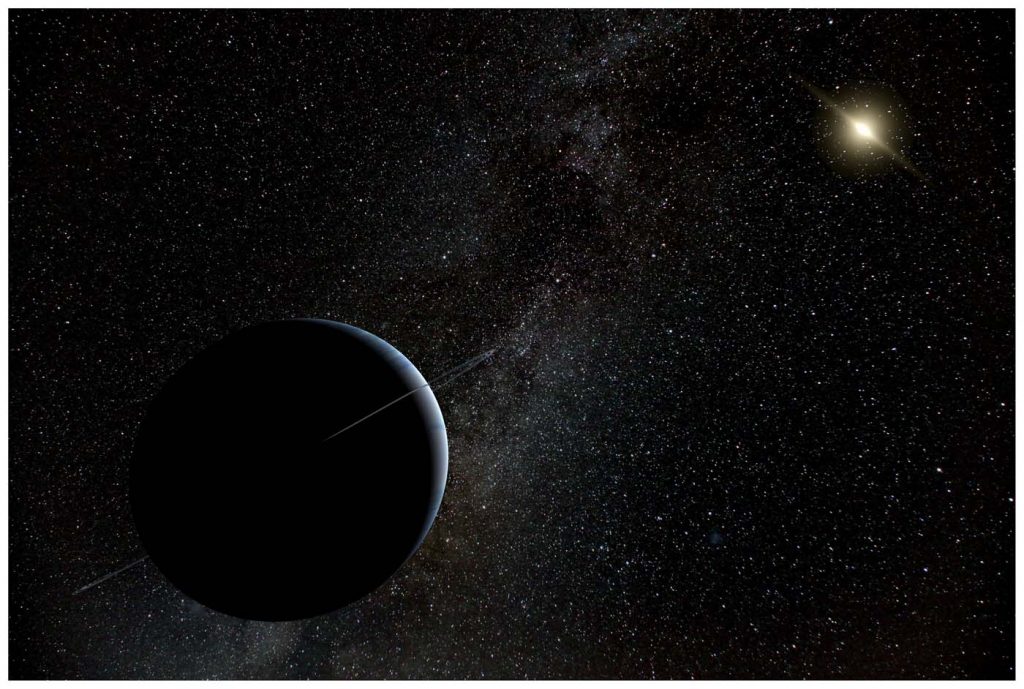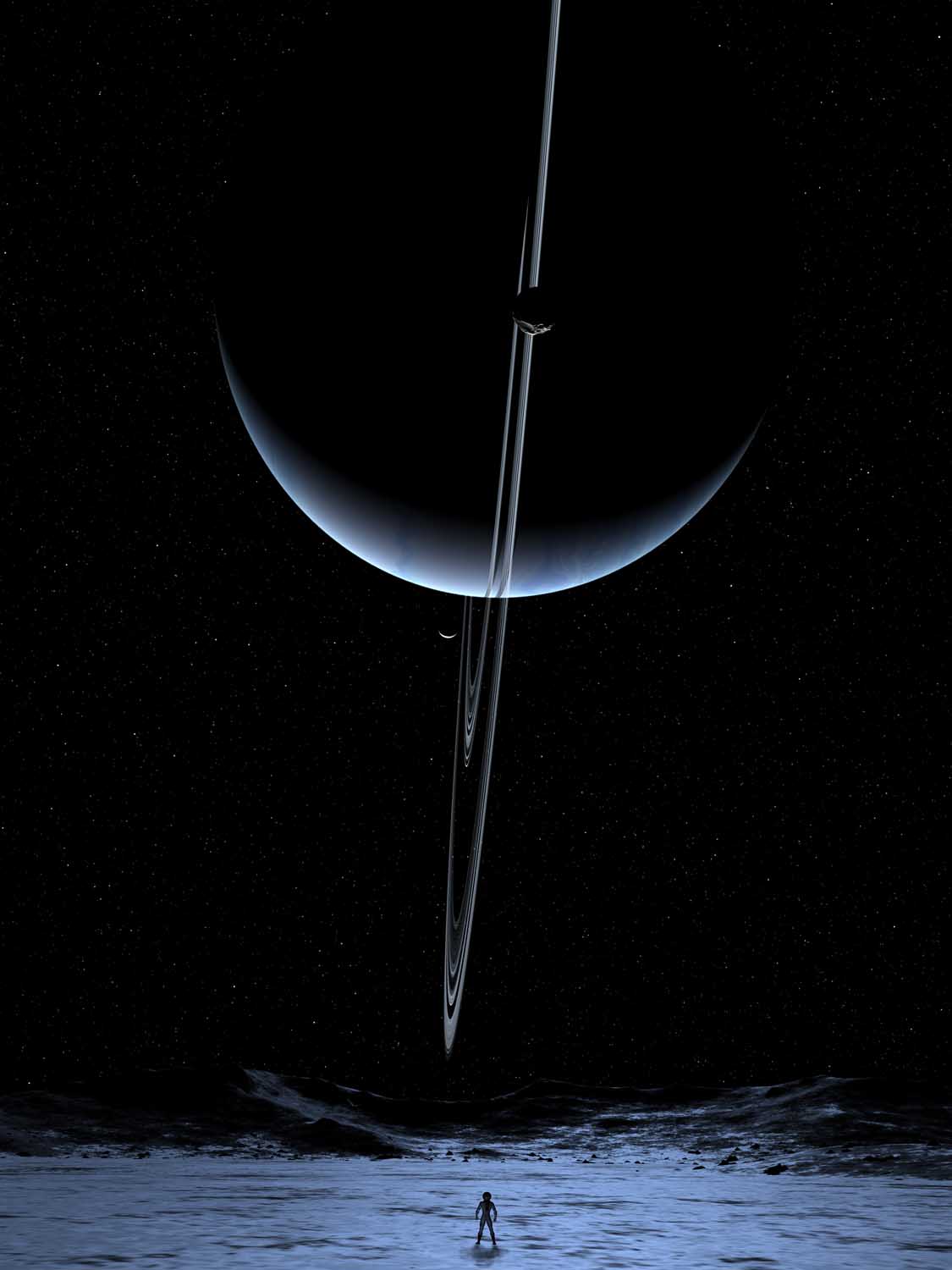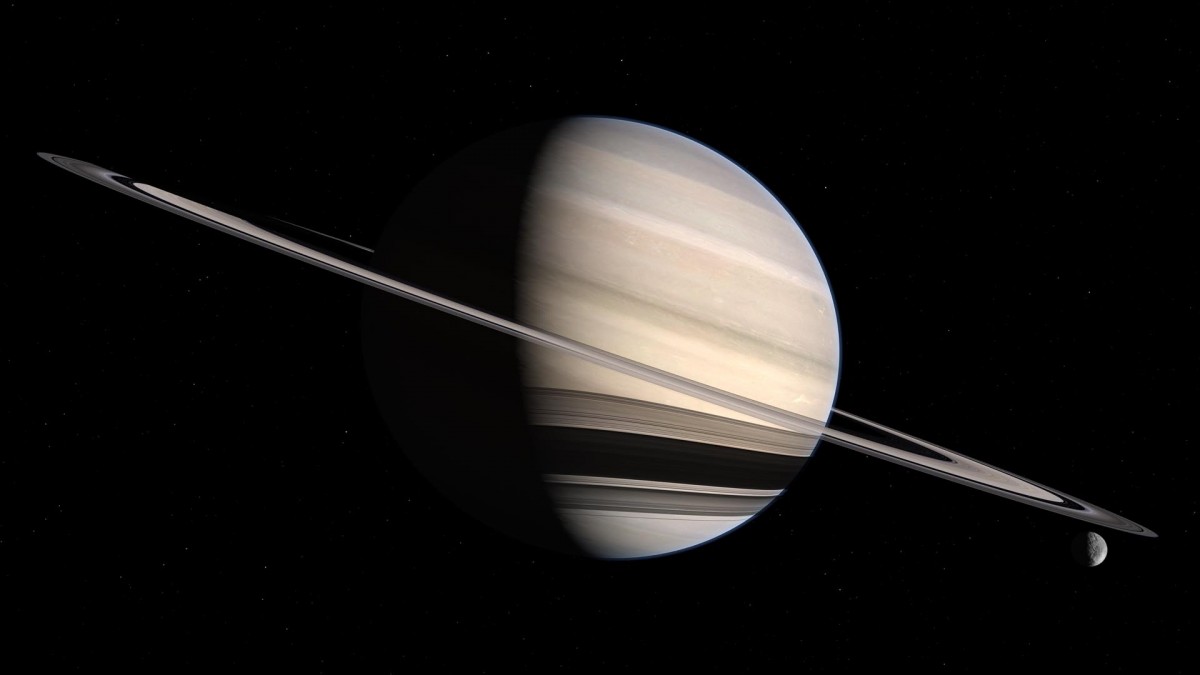Level – Intermediate:
Introduction:
This is a fairly old tutorial, as you may notice by the version of Lightwave used! However, the principles are exactly the same in newer versions, and indeed you should be able to apply the ideas presented with pretty much any CGI software.
Original introduction
I have seen many rather poor attempts to make convincing ringed planets, and thought it might be a good idea to tell you how I do it. I rate it as intermediate in level, as I am not going to explain mouse click and numeric values. You should be familiar with making spheres and disks, and applying image based texture maps. I have done this tutorial as one long page, so it is easier for you to print. It should work with any version of Lightwave from 5.6 onward, and the ideas should also be easy to adapt to any other modern 3D graphics package.
The planet has 2 main components, the globe of the planet itself, and the ring system. Continue reading “Tutorial – Making a CGI Ringed Planet”

